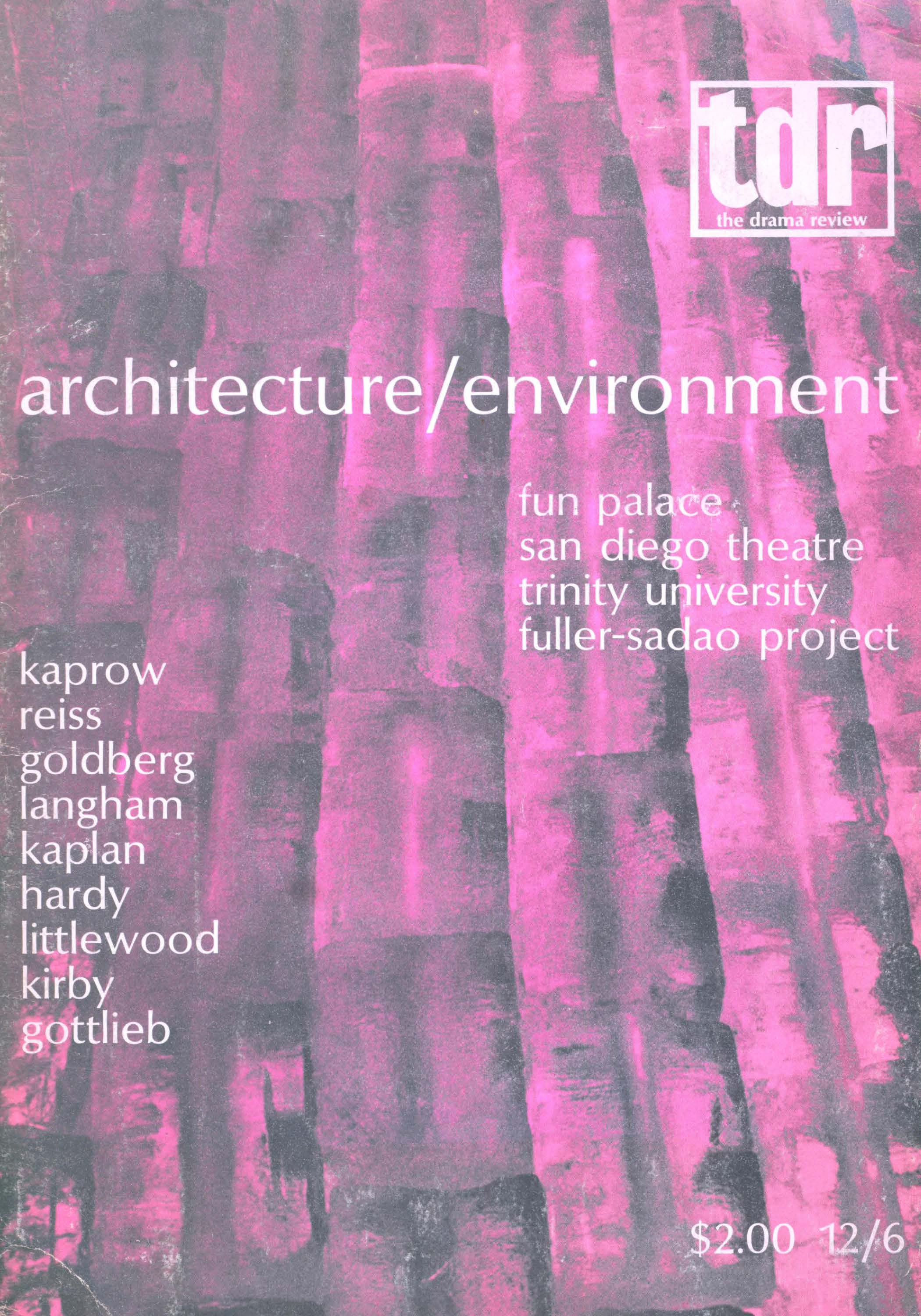Article contents
Contemporary Italian Theatre
Published online by Cambridge University Press: 07 December 2021
Extract
What is particularly Italian about the theatre that is produced in Italy? What characteristics make it different—recognizable—to the foreign spectator?
After the war, Italian theatre was scarcely significant for its innovations. An effort to restore tradition in theatre absorbed most creative energies. Three outstanding influences belong to this period. The first is that of the Academy of Dramatic Arts, founded in 1936 by Silvio D'Amico with the purpose of raising the cultural level of Italian theatre. The Academy concentrated on the critical analysis of texts. Orazio Costa and his students, Luigi Squarzina and Vittorio Gassman, were the main exponents of this concern for tradition. The institution was a profound influence on the generation of postwar actors.
The second influence was that of foreign theatre. After the war, there was a consumer attitude toward French, English and American “hit shows.”
- Type
- Contemporary
- Information
- Copyright
- Copyright © 1978 The Drama Review
- 2
- Cited by


